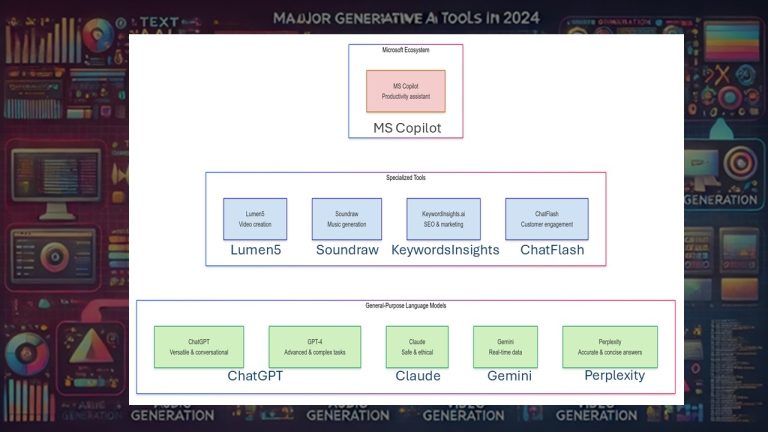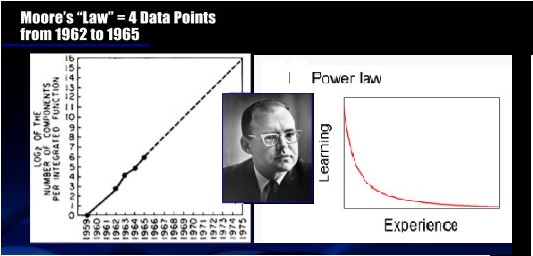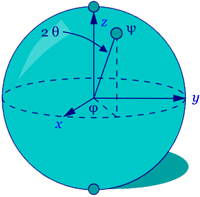Generative AI Tools in 2024 (3 of n) Special Purpose AI Tools
Pushing the Boundaries: Can Your Free GenAI Rise to the Challenge? We all love our go-to GenAI tools, but have you ever wondered just how far you can push their capabilities? In this upcoming blog post, we’ll take a popular free GenAI and try something it might not be designed for – think building complex tables, drawing intricate flowcharts, crafting web pages or programs, or generating stunning graphic images. Can it pull it off, even…




